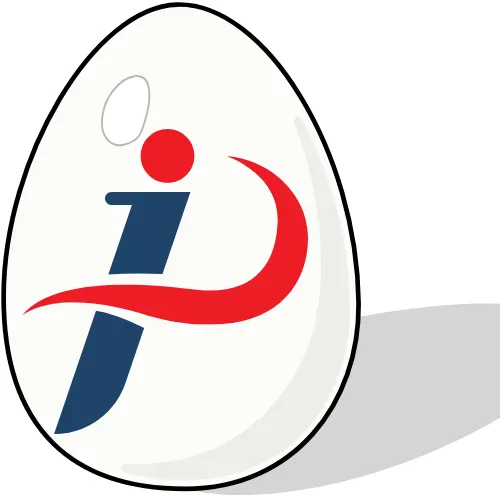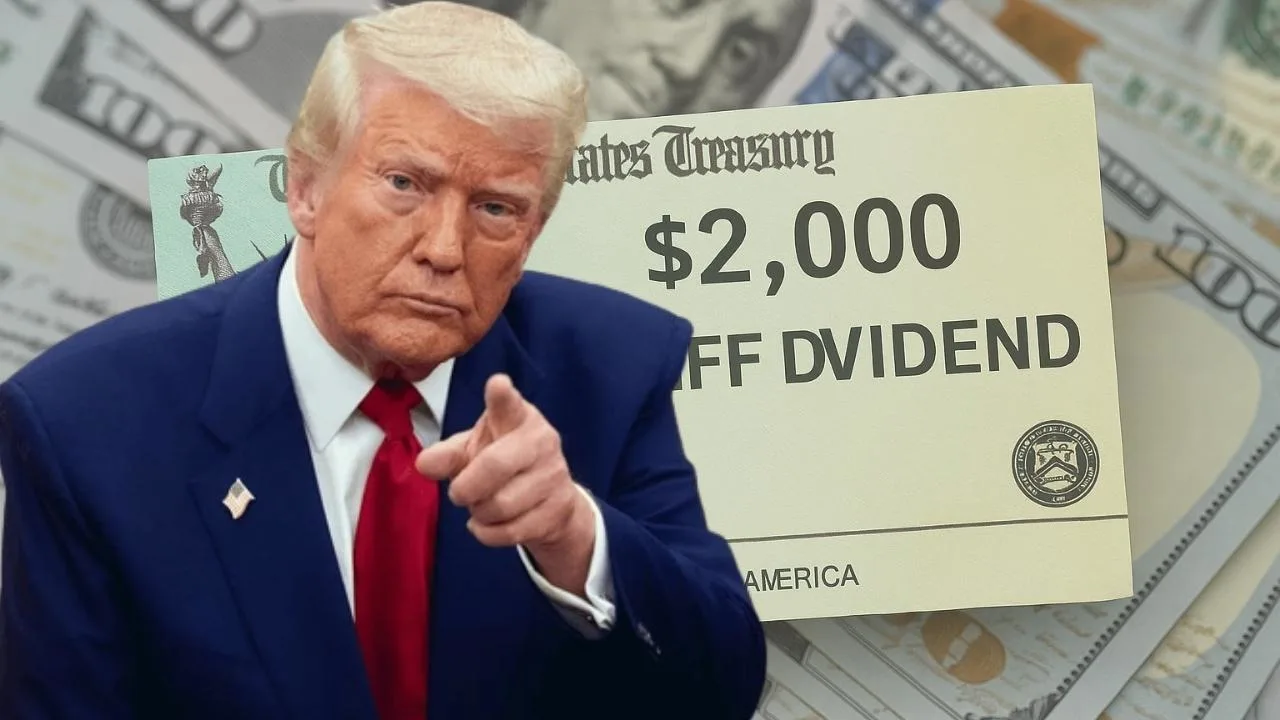The talk of a $2,000 federal payment has resurfaced in U.S. politics — but not as a traditional stimulus check. President Donald Trump recently announced that his administration plans to issue “tariff dividend” checks to moderate and middle-income Americans sometime in mid-2026.
While this announcement has sparked excitement, economic analysts warn that the idea is still a proposal, not an official program. There is no approved legislation authorizing these payments, and several financial and legal hurdles stand in the way of making them reality.
So, what exactly is the $2,000 tariff dividend, and how would it work? Let’s break it down.
What is the $2,000 Tariff Dividend Proposal?
Trump’s proposed tariff dividend is a plan to distribute money directly to U.S. citizens using the revenue collected from tariffs on imported goods. According to his statement from the Oval Office, the administration intends to begin issuing checks “around the middle of next year,” referring to mid-2026.
He stated that payments would target “individuals of moderate income, middle income” and would be funded through the money raised from tariffs placed on imports from China, Mexico, and other trading partners.
“We’re going to be issuing dividends later on, somewhere prior to … probably the middle of next year,” Trump told reporters.
The Numbers Behind the Promise
Economists estimate that Trump’s tariffs have generated about $200 billion in revenue since their introduction. However, distributing $2,000 to each eligible American would cost far more than that.
| Scenario | Estimated Cost | Tariff Revenue (as of 2025) | Shortfall |
|---|---|---|---|
| $2,000 per adult (100M recipients) | $200 billion | $200 billion | $0 |
| $2,000 per person (adults + children) | $600 billion | $200 billion | -$400 billion |
This means that, unless additional funding sources are identified, the government would spend far more than it collected in tariffs — turning the proposed “dividend” into a net loss for the Treasury.
Treasury Secretary Scott Bessent confirmed this challenge, noting that the administration would require Congressional legislation to authorize any direct payments.
“We will see,” Bessent said. “The structure could take forms other than a check — for instance, a tax rebate.”
Legal and Political Obstacles
One major obstacle to this plan is legality. The U.S. Supreme Court is currently reviewing whether Trump’s tariff powers, exercised under “national emergency” justifications, exceeded his authority.
If the Court rules against him, the administration could be forced to refund billions in collected duties to importers, which would eliminate the source of funding for the so-called tariff dividend.
Economists also point out that using tariffs to fund direct payments could create inflationary pressures by raising import prices, effectively negating much of the benefit to consumers.
“It’s not free money,” says Dr. Amelia Johnson, a trade policy analyst. “Consumers pay higher prices because of tariffs. Turning that into a dividend is more political theater than sound economics.”
Who Might Qualify for the $2,000 Payment?
Although no formal eligibility criteria exist yet, Trump has indicated that the payments would go to low- and middle-income Americans. Based on previous stimulus models, this could look similar to the 2020 Economic Impact Payments, which phased out at certain income levels.
| Category | Estimated Eligibility |
|---|---|
| Individuals earning under $75,000/year | Full $2,000 |
| Married couples earning under $150,000/year | Full $4,000 |
| High-income earners | Partial or no payment |
| Children/dependents | Unknown (not yet clarified) |
However, these are projections only. Without congressional approval, no official eligibility framework exists.
Could It Be a Tax Rebate Instead of a Check?
Treasury Secretary Bessent hinted that instead of mailing checks, the government might deliver the “dividend” as a tax rebate or credit on 2026 tax returns.
This would make the proposal easier to administer and could reduce the immediate cost. It would also mirror certain past relief mechanisms, such as the Child Tax Credit or Earned Income Credit, both of which operate through the IRS.
However, this approach would still require Congressional authorization, and any delay in legislation could push implementation into late 2026 or beyond.
Why Economists Are Skeptical?
Economic experts are divided on whether the “tariff dividend” could deliver meaningful benefits.
- Revenue gap: Tariffs generate far less than the $600 billion required to fund full payments.
- Consumer cost: Tariffs often raise prices on imported goods, effectively taxing consumers indirectly.
- Administrative challenges: Without legislative backing, the Treasury cannot legally issue checks.
According to the Committee for a Responsible Federal Budget, the plan could leave the federal government $400 billion in deficit if executed as currently described.
“You can’t just reallocate tariff revenue without Congressional approval,” says fiscal expert David Greenbaum. “It’s a populist idea that plays well politically but lacks structural support.”
Public Response and Political Implications
Trump’s announcement has energized supporters who view the plan as a direct benefit for working Americans. Social media platforms have been buzzing with excitement and confusion over whether the $2,000 payments are real.
Republicans see the proposal as part of a larger economic populism strategy, while Democrats criticize it as financially unrealistic.
In his Truth Social post, Trump called out Democrats for “lying about affordability” and promised that his plan would “make America affordable again.”
Meanwhile, analysts suggest that the announcement is timed to appeal to voters ahead of the 2026 midterm elections — a way to blend economic policy with campaign messaging.
Comparison with Past Stimulus Programs
| Program | Year | Amount per Adult | Funding Source | Legislation Required |
|---|---|---|---|---|
| CARES Act | 2020 | $1,200 | Federal borrowing | Yes |
| American Rescue Plan | 2021 | $1,400 | Federal borrowing | Yes |
| Proposed Tariff Dividend | 2026 (planned) | $2,000 | Tariff revenue | Not yet authorized |
Unlike previous stimulus checks passed during the pandemic, this tariff dividend has no approved funding structure or legislative authority.
The Bottom Line
As of November 2025, there are no approved $2,000 stimulus or tariff dividend checks being issued. While President Trump has promised payments beginning in mid-2026, experts caution that the plan faces major legal, economic, and political hurdles.
Until Congress passes specific legislation, Americans should not expect any $2,000 payments — whether in check, rebate, or credit form.
“It’s a proposal, not a promise,” concludes economist Ruth Hines. “And turning ideas into actual checks takes far more than speeches — it takes law.”
FAQs
Is Trump really sending $2,000 checks in 2025 or 2026?
No. As of now, the “tariff dividend” is only a proposal — no legislation or payments have been approved.
Who would qualify for the $2,000 payment?
Likely low- and middle-income Americans, but eligibility will depend on future legislation.
When would payments start?
If approved, Trump suggested mid-2026 as a possible timeline.
Is there enough tariff money to pay everyone?
No. The U.S. has collected roughly $200 billion from tariffs — far short of the $600 billion needed for nationwide payments.
Could this become a tax credit instead?
Yes. Treasury Secretary Scott Bessent has said a tax rebate or credit is being considered as an alternative.

